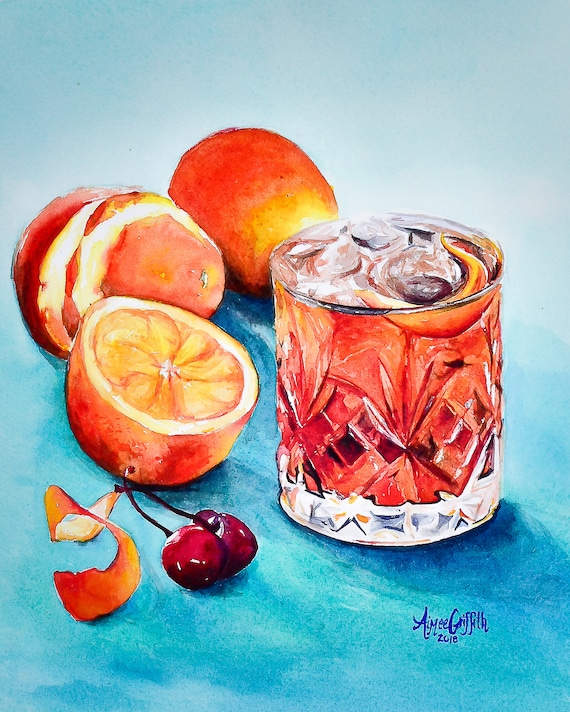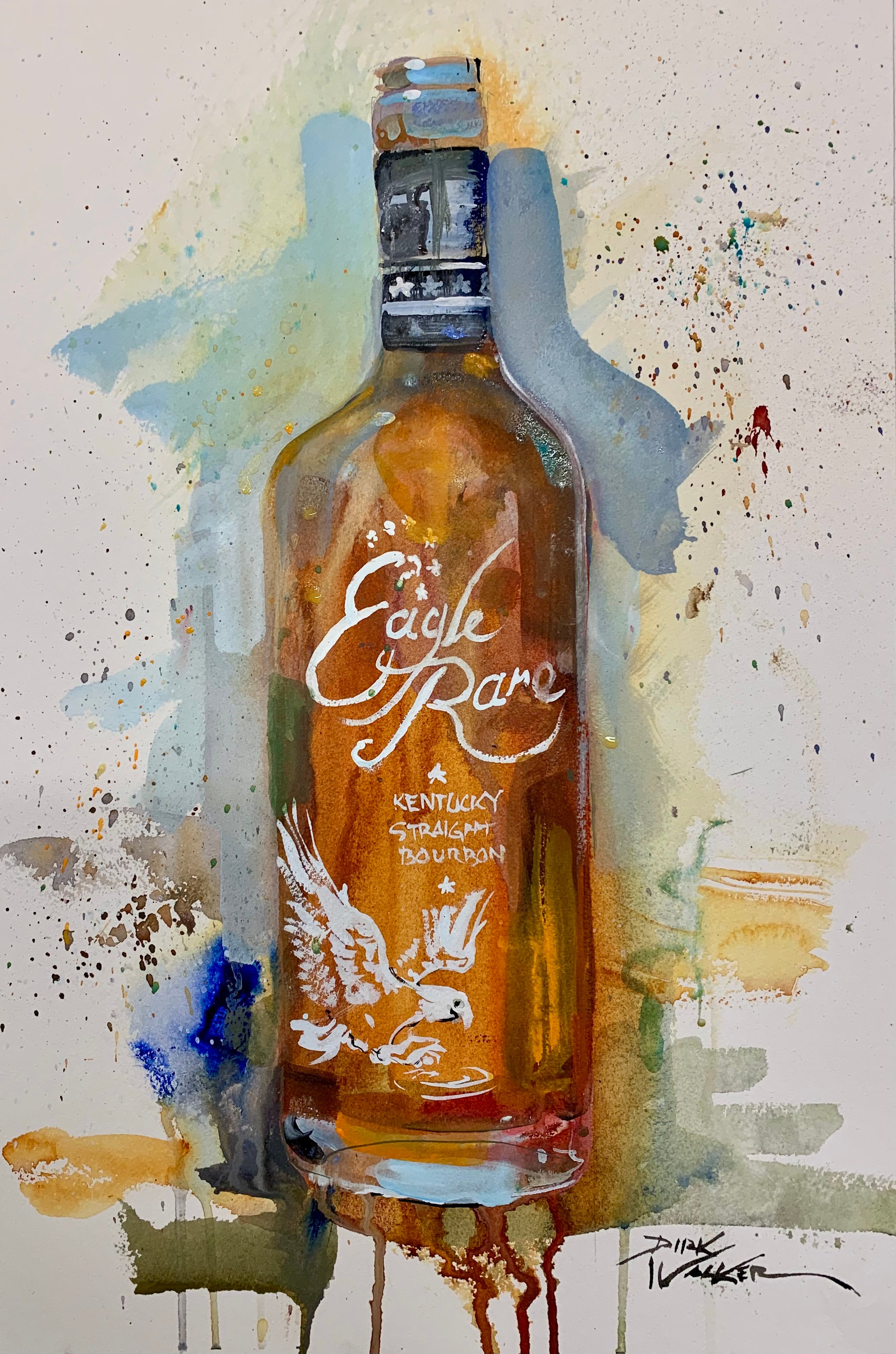Unveiling the Beauty of Bourbon Art: A Tribute to Craft Distillers
Unveiling the Beauty of Bourbon Art: A Tribute to Craft Distillers
Blog Article
Recording the Essence of Bourbon Art Via Distinct Aesthetic Depictions and Designs
The art of bourbon extends past the fluid itself, manifesting through a selection of aesthetic representations that envelop its fabled heritage and craftsmanship. What continues to be to be uncovered is exactly how these developing styles mirror not only the whiskey itself yet additionally the transforming landscape of imaginative analysis. Bourbon Art.
The History of Bourbon Art

As bourbon production spread, so too did the wish to raise its experience via art. From the intricate inscriptions on very early casks to the intricate labels of modern-day containers, each element shows a special imaginative vision, working as an aesthetic story of the whiskey's heritage.
In the 18th and 19th centuries, the surge of the commercial change further improved whiskey art, bring about ingenious product packaging and marketing that captured customer focus. Artists and developers started explore looks, imbuing whiskey-related images with symbolic definitions that conveyed ideas of area, workmanship, and practice.
Today, scotch art continues to develop, mixing traditional methods with modern art types. Bourbon Art. This ongoing discussion in between the spirit and its visual representation underscores the long-lasting bond in between scotch and culture, enhancing the total experience for enthusiasts worldwide
Iconic Container Layouts
While several aspects add to the appeal of whiskey, renowned container designs play an essential function fit consumer understanding and improving the overall experience. The visual discussion of whiskey bottles is not just an aesthetic consideration; it works as a bridge between the consumer and the product, evoking emotions and setting assumptions.
Distinct forms, products, and closures can elevate a bourbon brand name's identity, making it instantaneously recognizable on congested shelves. The traditional Glenfiddich container, with its stylish tapered shape, communicates a sense of practice and workmanship, while the vibrant, modern layout of the Balvenie bottle reflects advancement and refinement. The usage of colored glass or distinct textures can suggest the top quality and personality of the scotch within.
Iconic designs usually include aspects of social heritage, signifying the brand name's background and connection to its roots. Brands like Jack Daniel's utilize a straightforward, robust design that resonates with its American scotch heritage. Eventually, the impact of container design prolongs past simple capability; it envelops the significance of the brand, welcoming consumers to indulge and explore in the abundant tapestry of bourbon culture.
Tag Artwork and Branding
Container styles usually establish the stage wherefore customers can anticipate, however label art work and branding play a just as considerable role in communicating a bourbon's identity. The tag works as the very first point of call between the product and the customer, encapsulating the significance of the scotch within its aesthetic aspects.
Reliable tag art work integrates images, typography, and color to create a story that reverberates with the brand's heritage and target market. For circumstances, a tag featuring elaborate pictures and classic typefaces may evoke a sense of tradition and craftsmanship, interesting connoisseurs. On the other hand, bold colors and contemporary layout elements might draw in a more youthful demographic seeking development and enjoyment.


Photography and Visual Narration
Catching the significance of bourbon via photography and visual storytelling is an art type that boosts the brand experience. This tool goes beyond plain product depiction, diving right into the intricate narratives that surround each container. By using compelling imagery, professional photographers can evoke feelings that resonate with customers, eventually creating a much deeper connection to the scotch brand name.
Aesthetic narration in bourbon digital photography usually makes use of abundant textures, lighting, and make-up to highlight the unique characteristics of the spirit. The interaction of light and darkness can highlight the brownish-yellow tones of bourbon, while the selection of background components-- such as rustic barrels or classy glassware-- can enhance the brand's heritage or way of living organizations.
In addition, recording the ceremonial aspects of scotch consumption, from the putting to the tasting, invites audiences into a sensory experience, permitting them to visualize the tastes and scents that await. Each photo not only their explanation showcases the item yet likewise informs a tale of craftsmanship, practice, and the moments that bourbon can boost - Bourbon Art. Thus, photography ends up being a powerful tool in articulating the identification of whiskey brands, placing them within the more comprehensive cultural landscape
Arising Fads in Scotch Art
The development of bourbon art is progressively shaped by contemporary patterns that reflect wider societal shifts and customer preferences. One noticeable pattern is the integration of sustainability into art practices. Artists are currently utilizing recycled products and eco-friendly processes to produce whiskey-themed items, resonating with environmentally aware consumers. This change not just highlights the relevance of sustainability however additionally improves the narrative bordering bourbon manufacturing.
Furthermore, digital art has surged in popularity, permitting innovative representations of whiskey. Musicians are leveraging technology to craft immersive experiences, such as increased fact setups that involve viewers and provide a much deeper understanding of whiskey's social value. This pattern likewise includes social media platforms, where visually striking material garners focus and promotes neighborhood among fanatics.
Moreover, collaborations between scotch brands and artists are ending up being a lot more commonplace. These partnerships produce limited-edition product packaging designs and special art work that commemorate both the workmanship of whiskey and the creative thinking of artists. As scotch art continues to evolve, these emerging trends will most certainly form its future, cultivating a dynamic crossway of culture, sustainability, and modern technology within the bourbon area.
Conclusion
Finally, the art of scotch incorporates a varied range of graphes that show its abundant heritage and craftsmanship. From famous container layouts and complex tag art work to engaging digital photography, each component adds to a more comprehensive story that improves the customer's experience. As emerging patterns, such as electronic art and sustainability, remain to shape this creative landscape, the complex identification of scotch continues to be a sustaining resource of cultural link and exploration.

In final thought, the art of bourbon includes a diverse range of visual representations Learn More Here that reflect its abundant heritage and craftsmanship.
Report this page